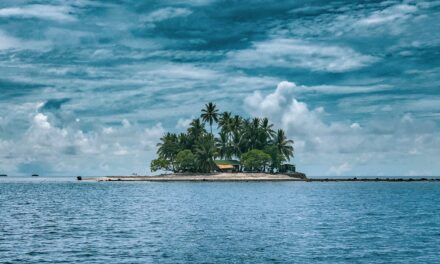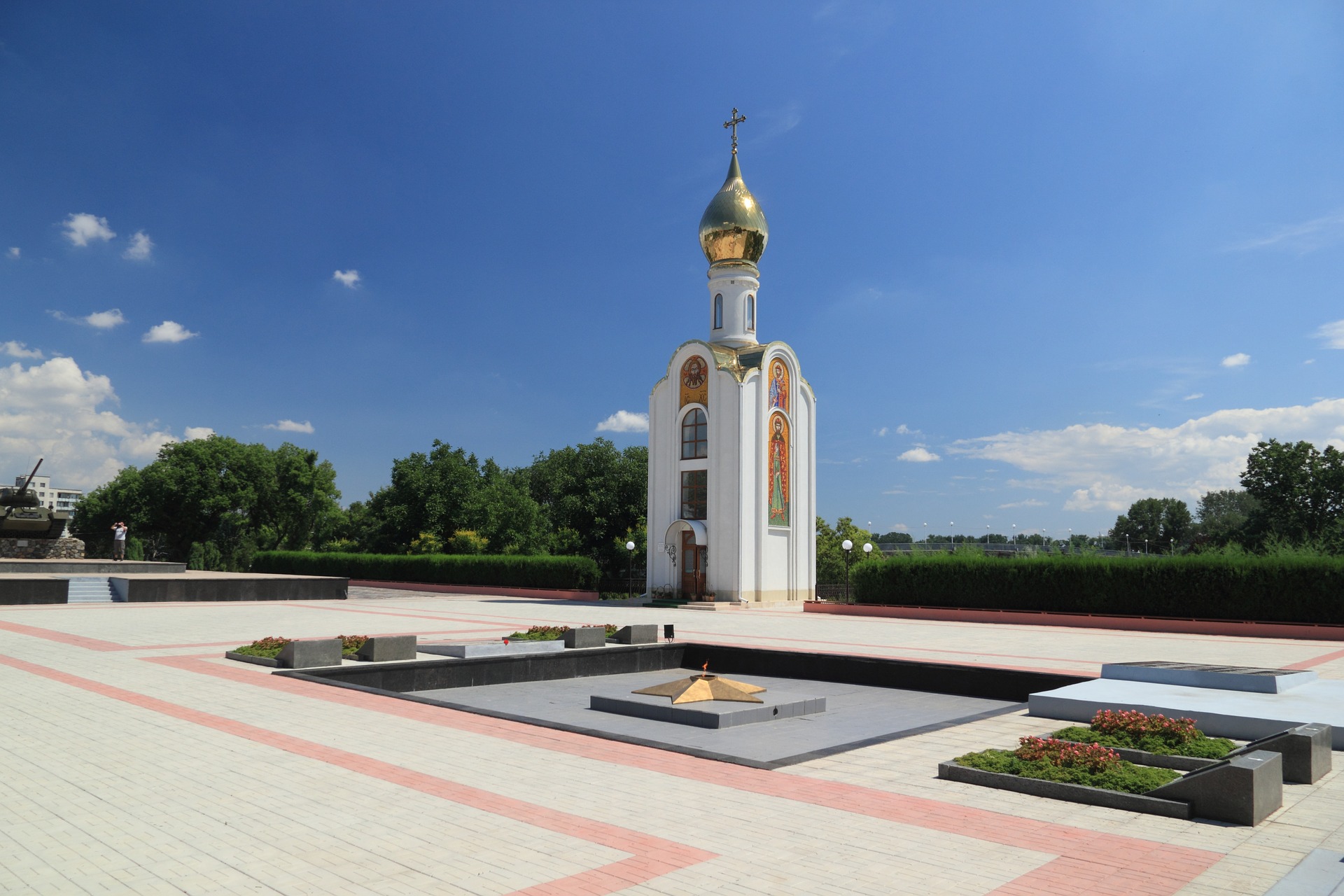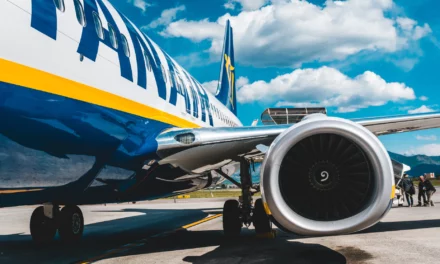Transnistria, officially known as the Pridnestrovian Moldavian Republic, is a non-recognized breakaway state that is situated between Moldova and Ukraine. On the 21st of July 1992 the armed conflict between Transnistrian separatists, backed by Russia, and the Moldovan army came to a ceasefire. This ceasefire lead to the de facto independence of Transnistria.
However upon today Transnistria is regarded as a non-recognized state. This status comes with all kinds of complexities and raises legal and political questions. One of the questions that arises is when a state gains statehood. Within international law there are two theories that answer this question. The first theory is the declaratory theory on statehood. This theory says that a state gains statehood when the state has a permanent population, a defined territory, a government and the capacity to enter into relations with other states. The second theory is the constitutive theory on statehood. This theory states that a state gains statehood directly when it is recognized by another state. Based on the declaratory theory on statehood, Transnistria could be seen as a state that has statehood and therefore has international legal personality. However based on the constitutive theory, Transnistria can’t claim statehood. This is because Transnistria is only recognized by South-Ossetia, Artsakh and Abkhazia, all of which are non-recognized states itself. Moreover the United Nations stated that the territory claimed by Transnistria is de jure Moldovan territory.
Being a non-recognized breakaway state causes also problems for its citizens. Because Transnistria has no diplomatic relations with any recognized country the passport that Transnistrian citizens possess is useless as it is not recognized as a valid travel document by anyone in the world. In theory this would mean that citizens of Transnistria would not be able to leave their country at all. In practice almost all Transnistrians have dual or even triple citizenship. 300.000 people posses the Moldovan citizenship. 20.000 people have both the Transnistrian, Moldovan and Russian citizenship. Next to this there are people who possess the citizenship of for example Ukraine, Russia, Romania, Belarus and Israel.
Next to having problems with citizenships, one can also think about problems with borders. Transnistria has no ports or civilian airports. Therefore citizens can not leave Transnistria other then by land via either Moldova or Ukraine. However currently the borders with Ukraine and Moldova are open and both goods and persons can cross the borders. Even the Russian peacekeeping force that is stationed in Transnistria uses the national airport of Moldova to reach Transnistria.
With all these complexities one might ask himself how can this non-recognized state survive and keep existing. The existence of Transnistria is mostly guaranteed because Moldova does not have the power, both military and political, to stop Transnistria. Therefore Moldova is forced to cooperate with Transnistria. This results in de facto allowing Transnistria to exist and even working together with them.








